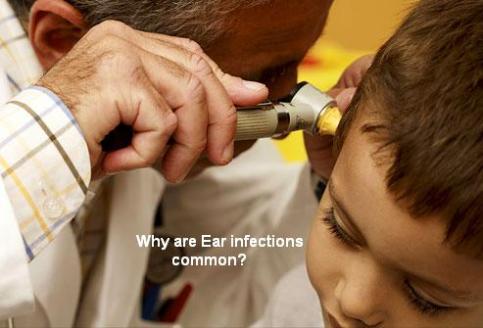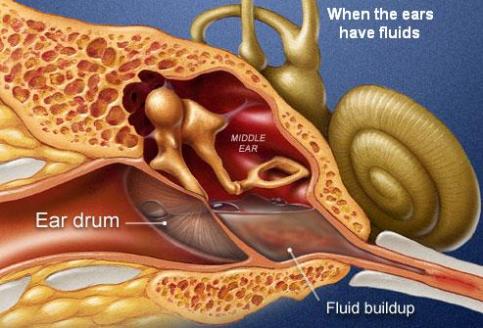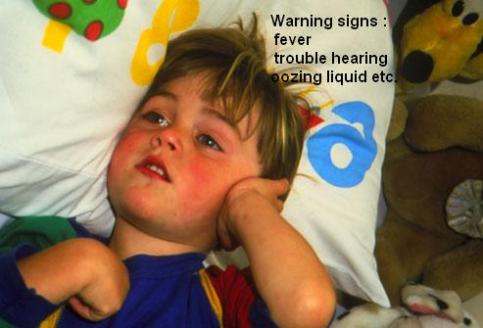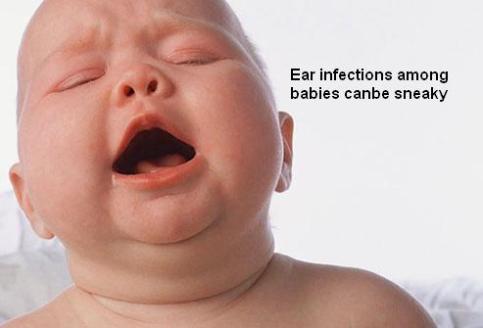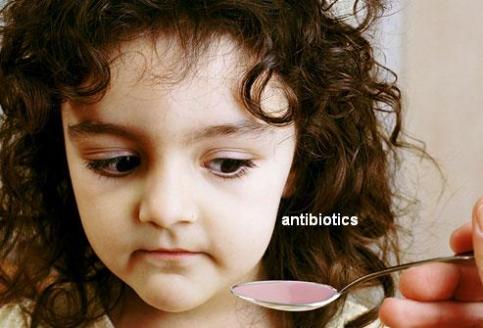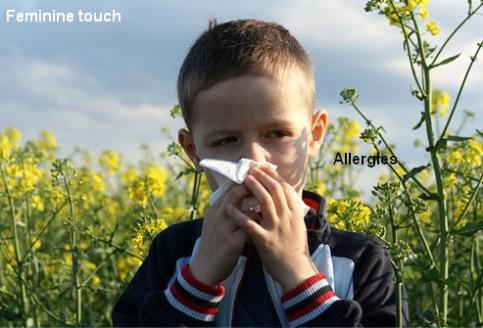Why Ear Infections Are So Common
It’s not your imagination. Kids can get a lot of ear infections. In fact, 2 out of 3 times, when kids get colds, they also wind up with infections in their ears. The main reasons are that their immune systems are immature and that their little ears don’t drain as well as adults’ ears do.
Inside Your Ear
The Eustachian tube is a canal that connects your middle ear to your throat. It keeps fluid and air pressure from building up inside your ear. Colds, flu, and allergies can all irritate the Eustachian tube and cause it to swell up.
Diagnosing an Ear Infection
The only way to know for sure if your child has an ear infection is for a doctor to check inside her ear with a device called an otoscope. This is basically just a tiny flashlight with a magnifying lens for the doctor to look through. A healthy eardrum (shown here) looks sort of clear and pinkish-gray. An infected eardrum looks red and swollen.
Fluid in the Ear
If the Eustachian tube gets blocked, fluid builds up inside your child’s middle ear. This makes the perfect breeding ground for bacteria and viruses, which can cause infections. Your doctor may look inside your child’s ear with an otoscope, which can blow a puff of air to make his eardrum vibrate. If his eardrum doesn’t vibrate as much as it should, chances are there’s fluid inside.
Bursting an Eardrum
If too much fluid or pressure builds up inside your child’s middle ear, her eardrum can actually burst (shown here). If that happens, you may see yellow, brown, or white fluid draining from her ear. Although this sounds scary, the eardrum usually heals itself in a couple of weeks. Unless it happens a lot, your child’s hearing should be fine. The good news is that the pain may suddenly disappear because the hole lets the pressure go.
Ear Infection Symptoms
The main warning sign of infection is sharp ear pain. Your child may be especially uncomfortable lying down, so he might have a hard time sleeping. Other problems to look for:
Trouble hearing
Fever
Fluid oozing from ears
Dizziness
Stuffy nose
Ear Infection Symptoms: Babies
With babies or children who are too young to tell you what hurts, ear infections can be sneaky. A lot of times they’ll start tugging or pulling on an ear. Little kids can also just get cranky, have trouble sleeping, or not eat well. Babies may push their bottles away because pressure in their ears makes it hurt to swallow.
Home Care for Ear Infections
While the immune system fights the infection, there are things you can do to fight your child’s pain. Applying a warm washcloth on the outside of the ear can be soothing. Ear drops can give quick relief, but check with your doctor before using them. Non-prescription painkillers and fever reducers, such as ibuprofen and acetaminophen, are also an option. DO NOT give aspirin to children.
Antibiotics for Ear Infections
Ear infections often go away on their own, so don’t be surprised if your doctor suggests a “wait and see” approach. The more we use antibiotics, the less effective they become. That’s because bacteria learn to fight back against common medicines. Also, some ear infections are caused by a virus, and antibiotics only work on bacteria. Yes, antibiotics can help, but your doctor will know best when to use them.
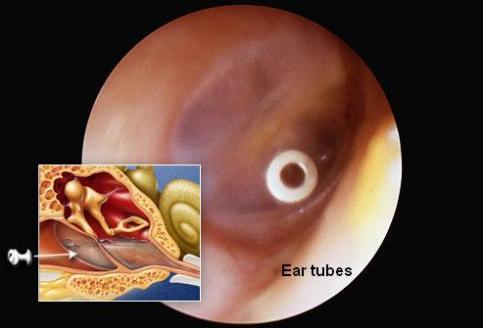
Ear Tubes
For stubborn ear infections that just won’t go away, doctors sometimes insert small tubes through the eardrums. The tubes let fluid drain out of the middle ear and stop it from building back up again. This can ease the pressure or pain and clear up hearing problems. The tubes are usually left in for 8 to 18 months. Most often they fall out on their own.
Tonsils Can Be the Cause
Sometimes a child’s tonsils get so swollen that they put pressure on the Eustachian tubes connecting her middle ear to her throat — which then causes infections. If that keeps happening, she may need to have her tonsils taken out.
Preventing Ear Infections
The biggest cause of middle ear infections is the common cold, so avoiding cold viruses is good for ears, too. The best way to stop germs is to make sure your child washes her hands well and often. Other ways to prevent ear infections include keeping your child away from secondhand smoke, getting annual flu shots, and breastfeeding your baby for at least 6 months to boost her immune system.
Allergies and Ear Infections
Like colds, allergies can also irritate the Eustachian tubes and contribute to middle ear infections. If you can’t keep your child away from whatever’s bothering him, consider having him tested to identify the triggers. Medicine or allergy shots may provide relief and stop the ear infections, too.
source: Web MD

